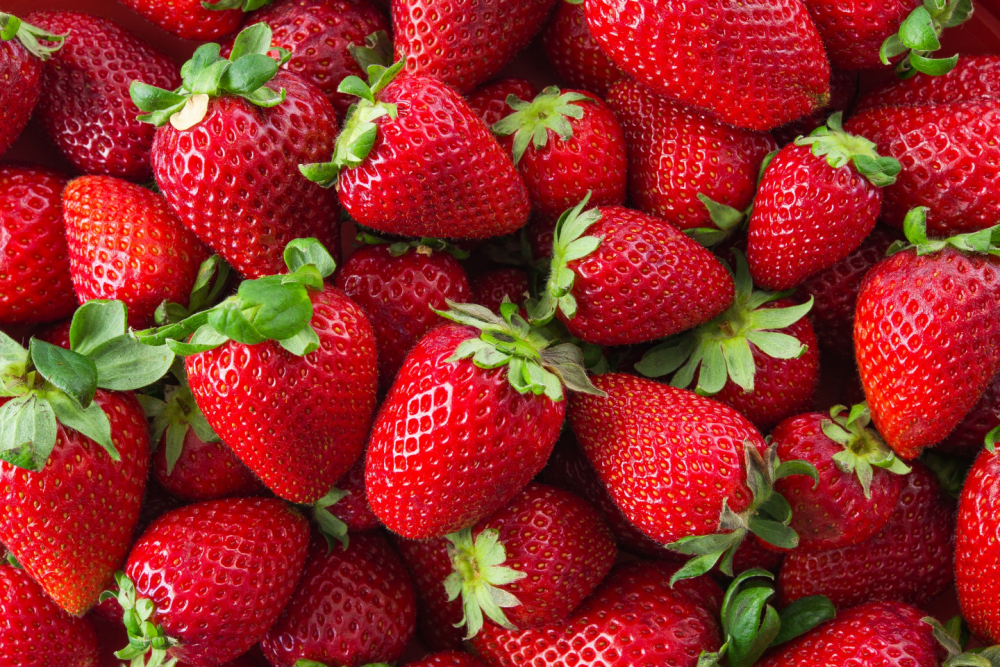
In this standards-aligned, 5-E lesson plan, students will learn about DNA by extracting it from strawberries, comparing and contrasting this process to extraction in another model organism, and applying concepts to better understand breeding new varieties of strawberry.
Estimated Time
One, 60-minute class period
Student Learning Targets
Students will extract DNA from strawberries.
Students will analyze the similarities and differences of their extraction process to those of the web-based educational module, Genetic Engineering: The Journey of a Gene.
Students will apply their understanding about how genetic testing (including DNA extraction) to develop new insights about breeding new varieties of strawberries
Key STEM Ideas
DNA is the hereditary material in humans and nearly every other organism. This lesson introduces a very theoretical and abstract subject of nuclear genetics and allows students to actually see DNA from a food crop that many enjoy, strawberries. This lab-based experience not only allows students to complete the DNA extraction within a period, but also to compare/contrast their methods to that of an actual DNA analyst scientist.
Students' Prior Knowledge
High school students should understand that DNA is present in cells of living organisms and contains the instructions necessary for growth and function by coding for proteins. This lesson will expand students’ knowledge of DNA by having students extract DNA from a familiar food. Students will begin to discuss how traits of an organism are determined by their DNA.
Connections to FEWSS
Strawberries are a tasty and nutritious agricultural crop grown in every state in the U.S. The U.S. produces 30 percent of strawberries grown globally. In order to produce new varieties of strawberries with attractive traits for both growers and consumers, plant breeders are using genetic information to make better breeding decisions. Genetic information about strawberries is becoming more widely available as the strawberry genome was sequenced in 2010.
Curriculum ConnectionsNext Generation Science Standards
- HS-LS1-1. Construct an explanation based on evidence for how the structure of DNA determines the structure of proteins which carry out the essential functions of life through systems of specialized cells.
- HS-LS3-1 Ask questions to clarify relationships about the role of DNA and chromosomes in coding the instructions for characteristic traits passed from parents to offspring.
Common Core Standards
- CCSS.ELA-LITERACY.RST.9-10.3 - Follow precisely a complex multistep procedure when carrying out experiments, taking measurements, or performing technical tasks, attending to special cases or exceptions defined in the text.
- CCSS.ELA-LITERACY.RST.9-10.9 - Compare and contrast findings presented in a text to those from other sources (including their own experiments), noting when the findings support or contradict previous explanations or accounts.
- Student Resources (Word Doc) (142.74 KB)
- Student Resources (PDF) (175.76 KB)
- Teacher Resources (Word Doc) (183.77 KB)
- Teacher Resources (PDF) (293.14 KB)